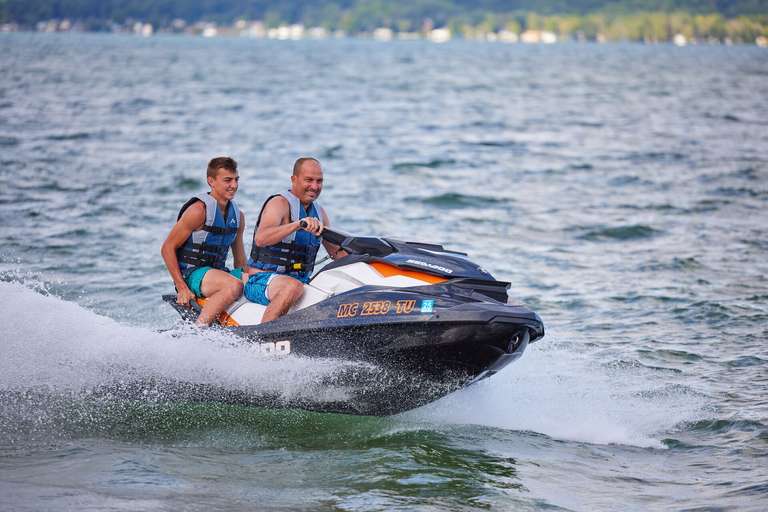Do You Need a Boating License in California? [2025 Update]
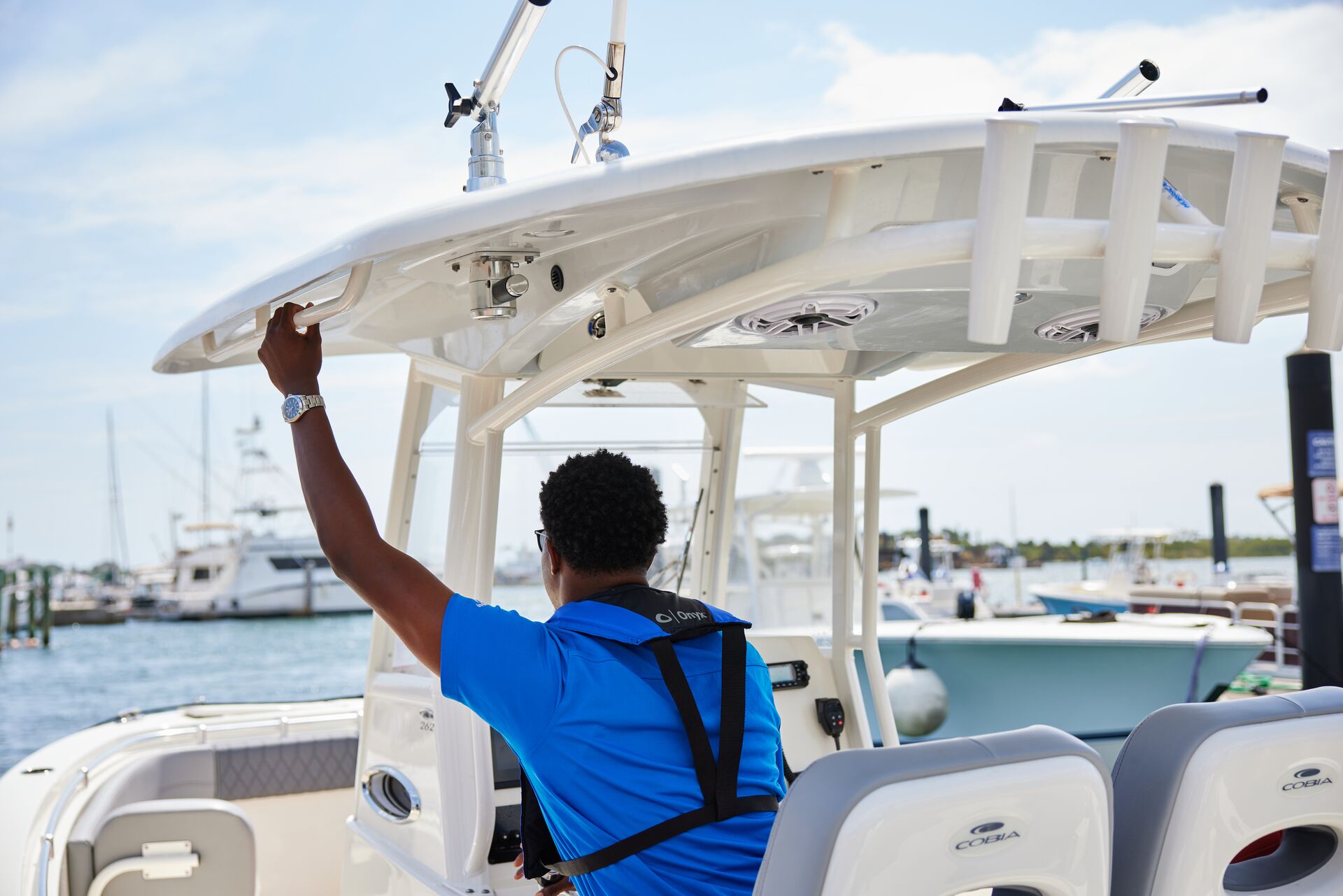
Do you need a boating license in California? While the state doesn't refer to your boater card as a "license," the answer to this question is "yes" if you plan to operate a motorized vessel.
As of January 1, 2025, all boaters must have a California Boater Card to operate a motorized vessel on state waterways. The law requiring this card began in 2018 and has been phased in by age group ever since. Now, card requirements apply to all boaters aged 16 and older.
When all boat operators have a license or card, this helps reduce the chances of boating accidents and keeps waterways safer and more enjoyable for everyone.
Let's look at why you need the California boater card and how to get yours before launching your boat this spring — so you can comply with the law and enjoy safe adventures on the water!

Are There Any Exemptions from the California Boater Card?
What is a boater education card? It's proof that you've passed a state-approved safety education course. You'll receive this card after taking a boater education course and passing the final exam.
However, there are some exemptions from the requirements for boaters to have the California Boater card, such as people operating non-motorized vessels.
These vessels include:
- Kayaks and canoes
- Paddleboards
- Sailboats under 30 feet
While it's still a good idea to take a boater education course before paddling your canoe, it's not required by the state of California.
Additionally, if you're an out-of-state visitor with valid boating education credentials from your home state, you may not need a California boater Card.
What Are California PWC Laws Regarding Boater Cards?
Does California require you to have a boater card to drive a PWC (personal watercraft) or jet ski?
Yes!
Personal watercraft, such as jet skis, are considered motorized vessels. To use them, you'll need to comply with California PWC laws, which include requiring operators to have a California Boater Card. Operators must be at least 16 to legally use a PWC without supervision.
Riders 12 to 15 years old can operate a PWC if they're supervised by someone over 18 with a boater card. Additionally, California boating laws mandate that everyone, regardless of age, wear a USCG-approved life jacket when riding on or operating a PWC.
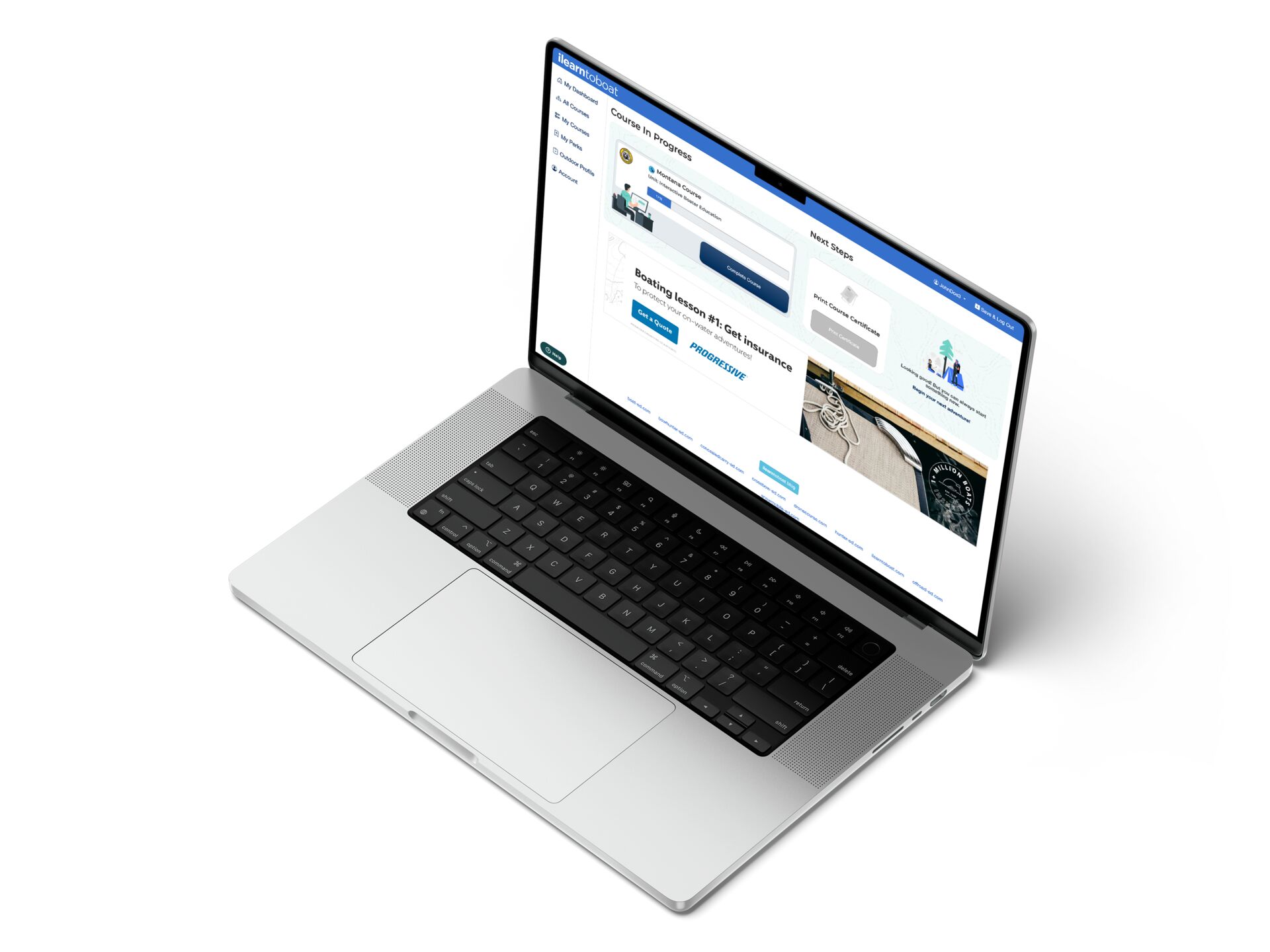
How to Get a California Boater Card
If you're thinking ahead to getting on the water this season — and realize you don't have a boater card yet — don't worry! It's easy (and fast) to get your card in time to hit the water this spring.
Simply complete a state-approved boater safety course to get your California Boater Card. The fastest way to do this is through an online course like ilearntoboat.
Once you complete the course and pass the test that goes with it, you'll submit proof to the California State Parks Division of Boating and Waterways (DBW).
There is a one-time application fee of $10. Once your card is issued, it is valid for life, and you won't need to take additional tests or recertify in the future. However, boating rules and regulations can change, so many boaters take an occasional refresher course even though it is not legally required.
What Are the Consequences of Non-Compliance?
Any boater caught operating a motorized vessel without a boater card in California may face fines and penalties for non-compliance with safe boating requirements.
Law enforcement agencies actively enforce California boating laws to ensure safety on the water, protect the environment, and reduce overall risk.
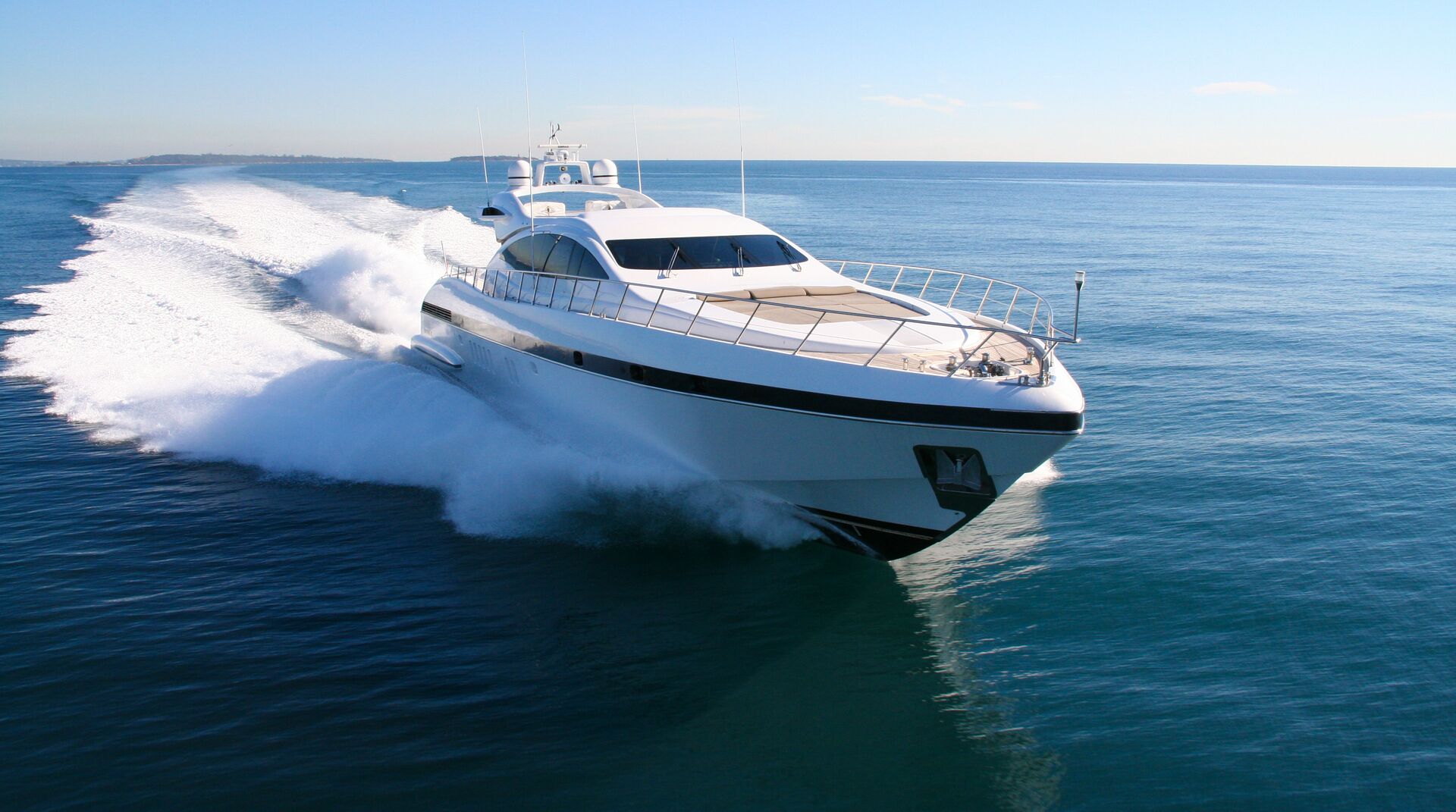
Additional California Boating Laws to Follow
Along with getting your boating license, you must follow other boating laws. Some of the most critical laws include regulations for speed, navigation, and alcohol use.
Speed Limits
It's important to know and observe all speed limits on the water.
For example, anytime you're boating within 100 feet of swimmers, anchored boats, or docks, you'll need to maintain a speed of no more than five mph to reduce the risk of accident or injury.
Alcohol Use
Operating a vessel under the influence of alcohol or drugs (BUI) is illegal, and the blood alcohol content (BAC) limit is 0.08%. Just like you would with a car, you should have a designated driver for a boat.
Navigation Rules
All boaters must follow right-of-way rules, including yielding to non-motorized vessels such as sailboats and kayaks. These vessels cannot move quickly, so it is critical to watch out for them.
Safety Equipment
Every vessel must carry essential boating safety equipment, including throwable flotation devices, fire extinguishers, and navigation lights (if operating after sunset).
Following boating laws is critical to a safe and enjoyable boating experience. When everyone does their part, waterways are much safer, and it's easier for boaters, swimmers, and others to share the water.
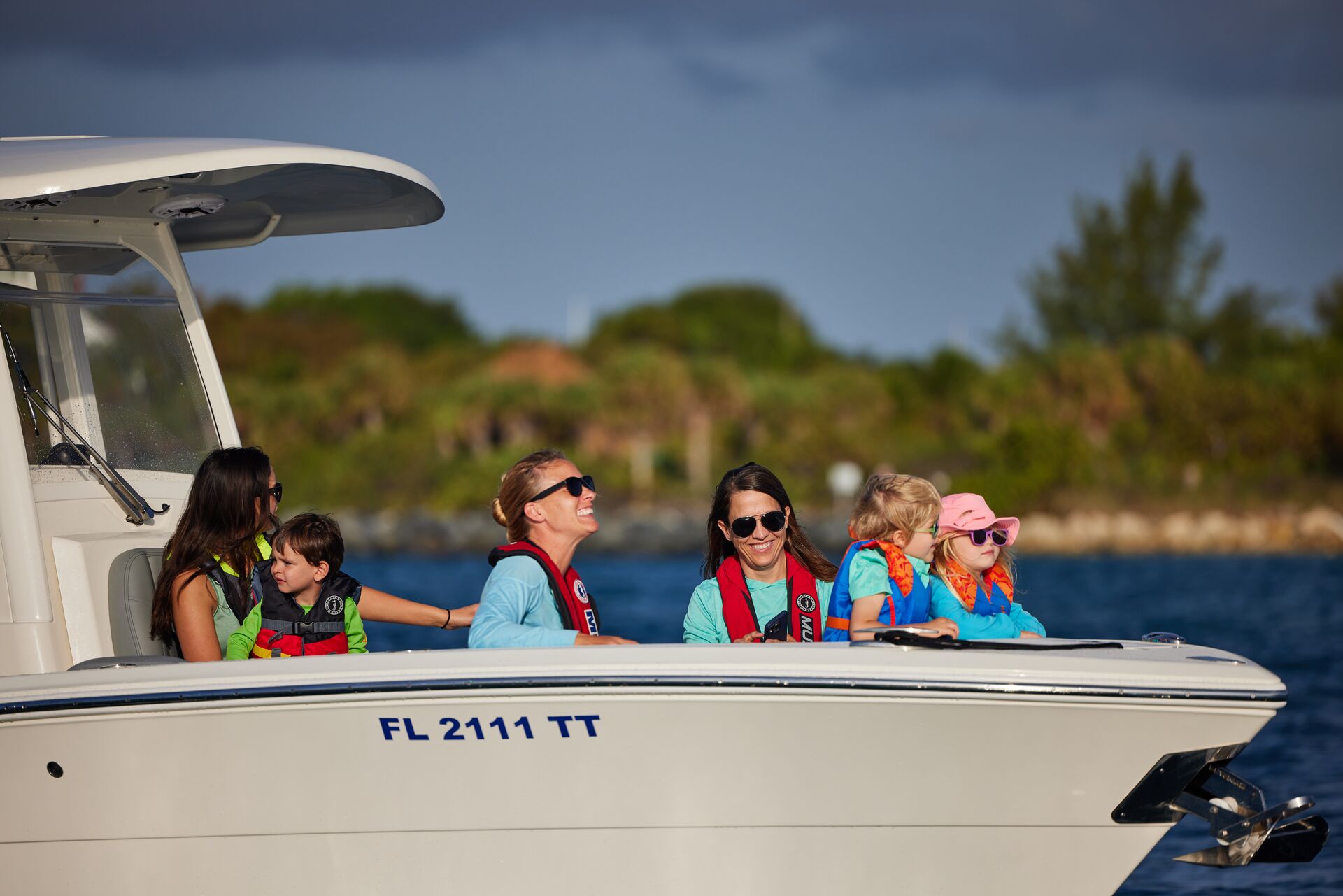
Safety Tips for California Boaters
Being as safe as possible while boating is about more than just a boater education card. While you must be appropriately licensed for legal compliance, you also want to focus on important safety tips to protect yourself and others.
Some of the most vital tips to consider include:
- Always Wear a Life Jacket: A properly fitted life jacket is especially important in cold-water areas, where the risk of hypothermia is higher. Even a short period of time in very cold water can make it challenging to stay afloat.
- Check Local Weather and Tide Conditions: Before you head out on your boat, ensure the weather is good and no storms are moving in. Also, check the tides to reduce the risk of grounding your boat or stranding yourself on a sandbar or other shallow location.
- Familiarize Yourself With Specific Rules: Certain bodies of water have specific rules. For example, if you're going to Lake Tahoe or the California Delta, you should know how to boat safely in those locations.
Remember: these rules are in place to keep everyone safe on the water! When you operate motorized vessels safely, you have many more fun adventures on the water, season after season.

Do You Need a Boating License in California? Yes — Get Yours Today!
It's not too late to get your California Boater Card before the spring boating season gets here!
Remember: As of January 1, 2025, everyone operating motorized vessels needs a boater education card, ending the phased-in approach to the requirements that started several years ago.
The fastest (and most fun) way to meet this requirement is to take the ilearntoboat boater education course in California. You'll learn everything the state requires to boat legally and safely, and you'll be ready to hit the water within a matter of hours!
It's a New Law with Real Consequences. So, don't delay!
Take the California Boater Education Course and get your card before hitting the water this spring.



